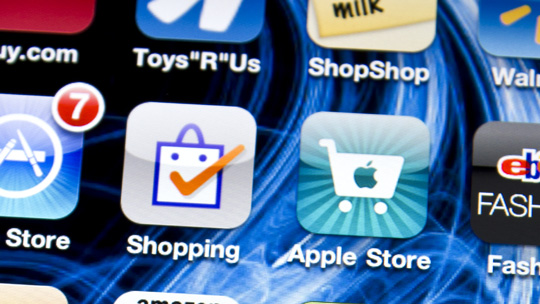
Smartphones will become the most important digital device for the shopper in the Consumer Goods/Retail transaction process – and more so as a sales channel (mobile order) than a payment channel (mobile payment). Today, there is a convergence of industries where successful retailers need to understand the dynamics and opportunities from the TIME industry, including technological feasibility. On the other hand, leading-edge technological mCommerce solutions can enable telecom operators to differentiate themselves vis-à-vis the consumer. They can also increase customer loyalty with their large corporate accounts by becoming enablers for new business models.
Your mobile phone – never leave home without it
Mobile phones are the remote control of our life and will become the primary device to access the web in the future. We increasingly rely on them to manage our life, as convenience becomes paramount. Convenience is anything that is intended to save resources, such as time and energy, or frustration. And what device is more convenient in that respect than the mobile phone and smartphone?
Today, 80 percent of stationary internet users also access the internet via smartphones on a daily basis. In 2011, around 472 million smartphones will be sold globally, and that number is expected to increase to a staggering 982 million by 2015. Today, of the 4 billion mobile phones in use worldwide, about 27 percent are already smartphones.
In the Consumer Goods/Retail sphere, there are already a variety of mobile applications focused on convenience:
- Extended packaging: Consumer access additional product information through their mobile phone
- Mobile coupons and loyalty cards: Mobile phones are used both to capture and redeem coupons and discounts, as well as replace or extend loyalty cards
- M-payment solutions, including mobile self-scanning and check-out: Consumers in supermarkets use their mobile phone, rather than a device supplied by the supermarket, to scan and check out products as they do their shopping
- Mobile navigation: Consumers can not only find a store in the vicinity, but also navigate inside a store to find the right product on their mobile shopping list
- Mobile commerce: A complete transformation of consumers’ shopping behavior, enabling online transactions via the smartphone to replace a visit in a physical store
The more value-added the service or application on the mobile – the more convenient it is for the end-user, the higher the intensity of usage (see Figure 1 overleaf). This results in a blue print for a retailer’s mobile strategy.
